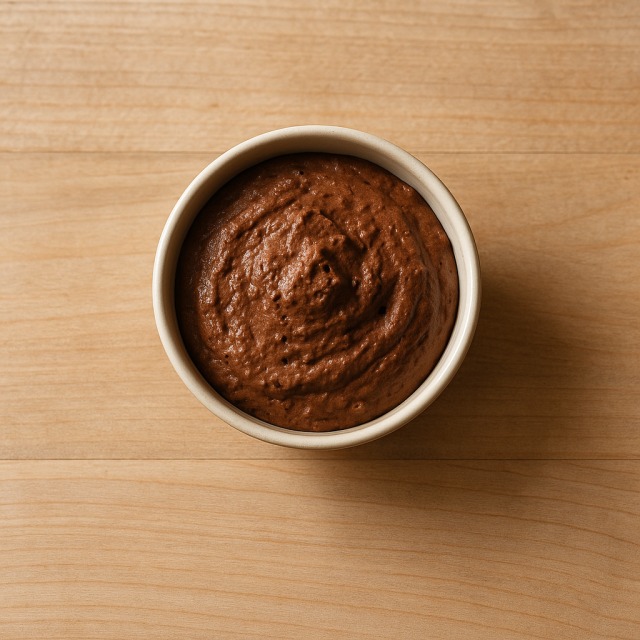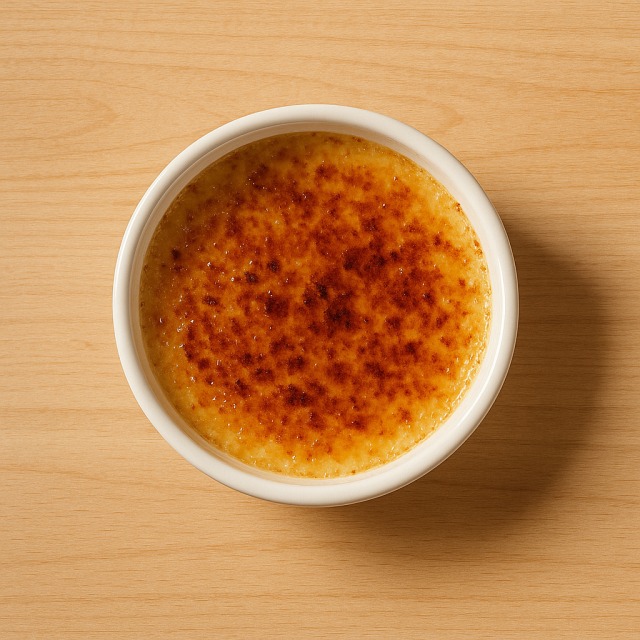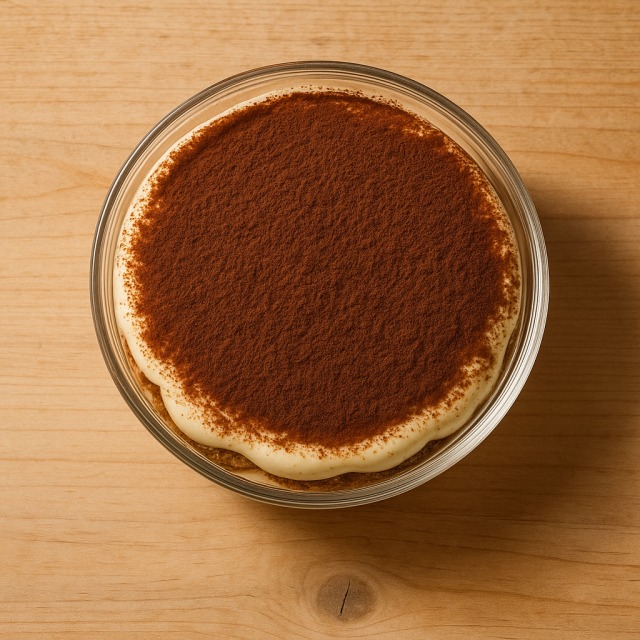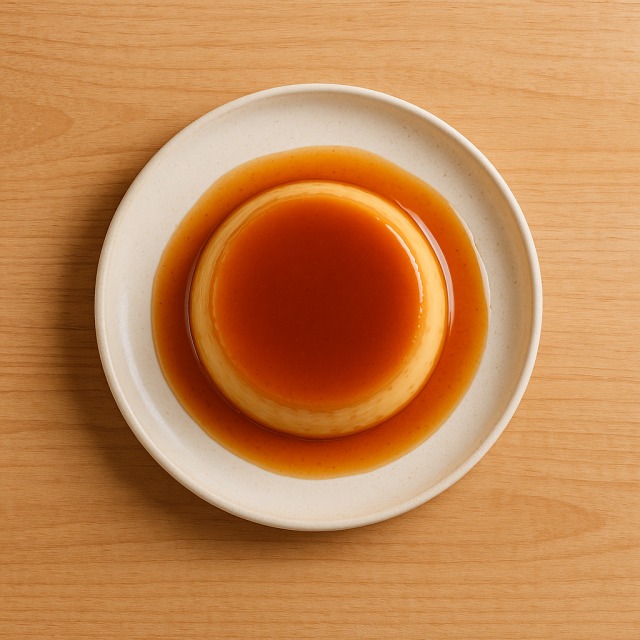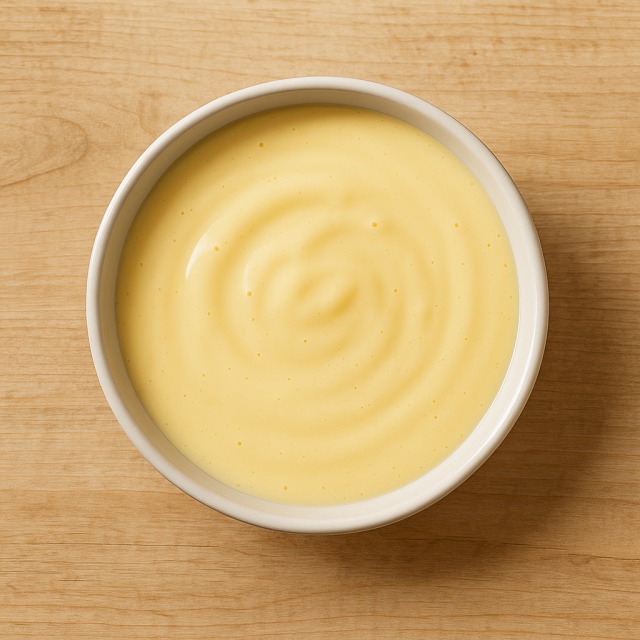Calorie Chart / Desserts / Rice pudding
How Many Calories Are in Rice pudding?
Calculation of the nutritional value & Recommended Dietary Intake of rice pudding
For g and a calorie requirement of kcal
| Calories 189 kcal | Proteins 5 g | Lipids 3.8 g | Carbohydrates 34 g |
| 9% | 7% | 6% | 12% |
Health benefits of rice pudding
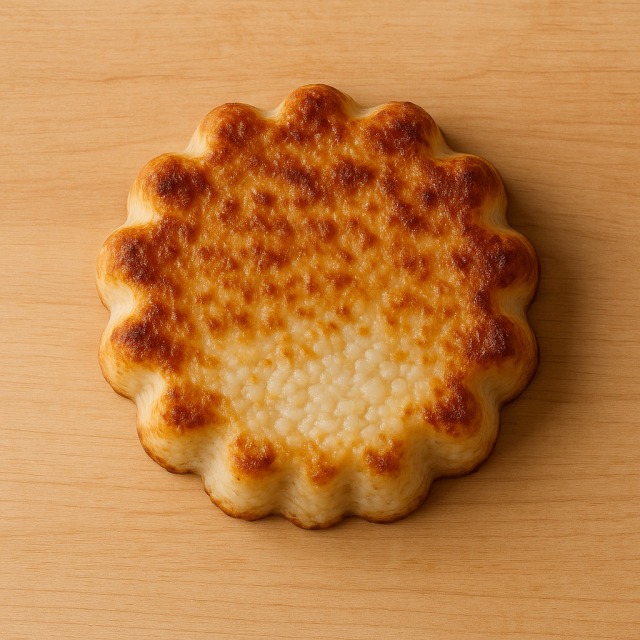
Rice pudding - 100g
Calories 151 kcal
Proteins 4 g
Lipids 3 g
Carbohydrates 27 g
With 151 kcal per 100 g, rice pudding is considered a moderate-calorie dessert: lighter than a brownie yet denser than a simple apple compote. Prepared with milk, it naturally supplies calcium and phosphorus, two minerals essential for bone health and muscle contraction. The milk component also brings a small but useful dose of vitamin B2 (riboflavin) and vitamin B12, both involved in energy metabolism and red-blood-cell formation.
The rice provides complex carbohydrates that release energy gradually—an advantage for athletes looking for steady fuel without excessive calorie spikes. Thanks to its 4 g of protein per 100 g, rice pudding can help with post-workout recovery when coupled with a higher-protein food such as egg whites. A pinch of vanilla or citrus zest adds polyphenols with supposed antioxidant properties.
Historically, rice pudding traveled from Persian "shir-berenj" to European courts in the Middle Ages and became a comfort dish in many cultures. Its creamy texture also makes it a gentle option for people with digestive issues or limited appetite who still need nutrient-dense calories.
Tips for incorporating rice pudding into a balanced diet
To keep the calories under control while enjoying rice pudding, prepare it with semi-skimmed milk and limit added sugar to one tablespoon per portion; a dusting of cinnamon or grated lemon zest boosts flavor without extra calories. For a vegan twist rich in good fats, cook the rice in homemade almond milk and top with toasted hazelnut chips.
Serve chilled with a spoonful of stewed raspberry or baked banana; the fruit fiber helps slow carbohydrate absorption and makes the dessert more satiating. You can also layer rice pudding in a glass with chunks of pear and a drizzle of maple syrup for a quick parfait.
For a balanced post-training snack, pair a small bowl of rice pudding with a slice of grilled chicken breast or a handful of cashew nuts to raise the protein intake without dramatically increasing calories. At dinner, exchange heavy cream sauces for a lighter main such as salmon fillet and finish the meal with a modest 100 g serving of rice pudding instead of richer pastries.
Frequently Asked Questions
- How many calories are in rice pudding?
- Rice pudding contains 151 kcal per 100 g.
- Is rice pudding good for weight loss?
- In moderate portions (around 100 g), rice pudding can fit into a calorie-controlled plan because it delivers satisfaction for relatively few calories compared with pastries; just watch added sugar.
- Does rice pudding have protein?
- Yes, it provides about 4 g of protein per 100 g, mainly from the milk. Adding a side of yogurt can boost total protein without many extra calories.
- Can athletes eat rice pudding after training?
- Certainly. The mix of quick and slow carbohydrates helps replenish glycogen, while the milk proteins aid recovery. Combine it with a high-protein food such as tuna in water if you need more protein but still want to control calories.
- Is homemade rice pudding healthier than store-bought?
- Homemade versions let you reduce sugar, choose low-fat or plant-based milk, and therefore better manage calories and additives.
- Does rice pudding contain gluten?
- Traditional rice pudding is gluten-free because rice is naturally devoid of gluten; always verify flavorings or thickeners in industrial products.
- How long can I keep rice pudding in the fridge?
- Stored in an airtight container at 4 °C, rice pudding keeps for 3–4 days without significant change in calories or texture.
Similar foods
Information provided by Calorie Menu may contain inaccuracies or errors. It cannot, under any circumstances, substitute medical advice or medication.
